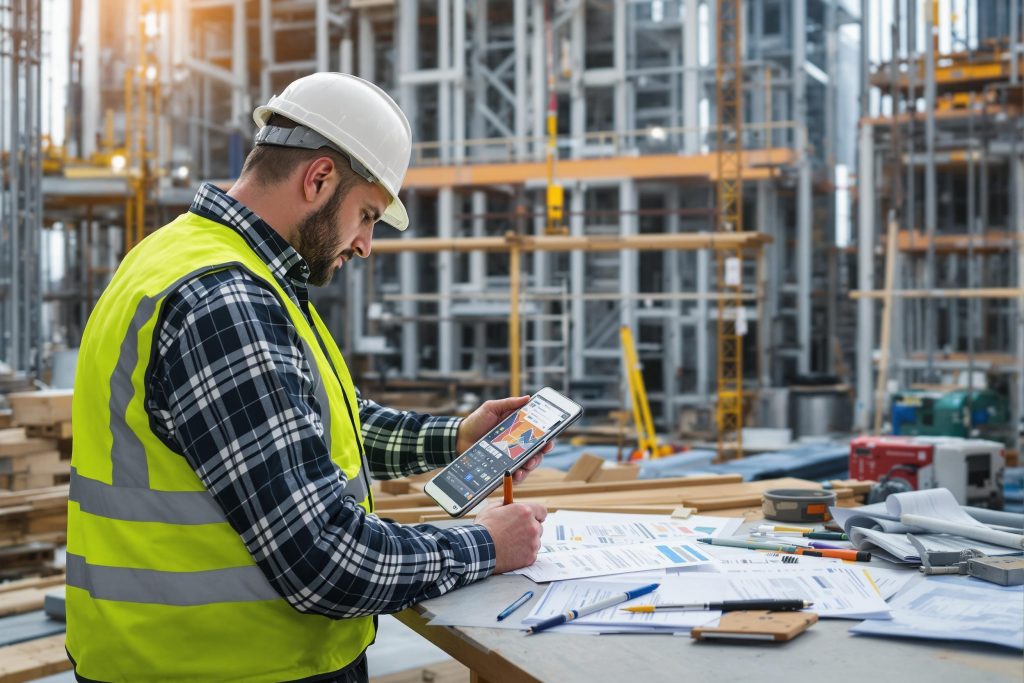Concerns Rise Over Pollution at Former Naval Station in Buxton, North Carolina
Buxton, N.C. — Nestled along the beautiful shores of the Outer Banks, the story of Naval Station Cape Hatteras is one that’s both rich in history and laden with ongoing challenges. Originally constructed in the year 1956 to monitor submarine activity, the station, just a stone’s throw from the historic lighthouse, is believed to have been the first to detect a Soviet submarine. However, decades have passed since it was handed over to the Coast Guard in the 1980s, and remnants of the site are now causing significant concerns among locals and visitors alike.
A Legacy of Pollution
The Army Corps of Engineers was tasked with the removal of Building 19, along with its foundation. Unfortunately, bits and pieces of this structure still stick out from the sandy beaches, including large cables, septic drain pipes, and metal piping. Alarmingly, some of these materials have been flagged by the National Park Service for testing positive for petroleum, leaking contaminants into the ocean.
This situation has caught the attention of local surfers who’ve reported an unsightly oily sheen on their wetsuits after catching waves. As waves ebb and flow, storms occasionally cover these remnants with sand, but inevitably, these relics from the past resurface. “This isn’t anything new,” shared Carol Busbey, a longtime local. “It comes and goes and it comes and goes.” With over four decades of surfing in the Outer Banks, she has witnessed this site emerge from the sand time and time again.
Local Voices Matter
Busbey, who frequents the beach nearly every day, has taken it upon herself to keep the shores clean. “I pick the trash up off the beach almost every time,” she expressed. “I just wish somebody else would do it too.” Her efforts, while commendable, underline a larger issue that requires attention.
Visiting surfer Colin Kreutzberg from New Jersey shared his disappointment upon arriving at a now-closed stretch of beach due to the old base. “Not as many developed areas, no skyscrapers, nothing like that that you might see in the distance in New Jersey,” he commented. “So when you come here, you kind of expect it to be a kind of a safe haven.” With the beach now closed since September, locals are beginning to worry about the long-term implications for tourism, an essential part of the Outer Banks’ economy.
A Historical Perspective
State Park Superintendent Dave Hallac elaborated on the history of this site, noting that “we had no idea it was here.” The base once sprawled across 50 acres with around 100 workers. Thick cables designed to detect Soviet submarines ran into the waters. Today, these historical artifacts remain buried beneath the shifting sands and are a beacon of concern rather than a point of pride.
Government Inaction Under Scrutiny
Worry over the ongoing pollution problem has prompted Dare County Commission Chairman Bob Woodard to venture to Washington D.C. to discuss the issue with lawmakers, expressing frustration that “without any successes whatsoever of taking ownership of this, it’s clearly a federal government problem and the federal government is not responding.” His concerns echo those of many residents who are concerned about how this contamination might impact the vital tourism industry.
A Growing Challenge
Since the original establishment of the Navy base, erosion has brought the Atlantic Ocean increasingly closer to Building 19, exposing remnants of what was once a vital military site. “It’s been eroding…since people were occupying the area,” noted Hallac. The ongoing erosion presents unique challenges for managing the shoreline, and there is a collective call from locals urging military branches involved to conduct proper remediation and restorations, ensuring public safety.
The Army Corps of Engineers had made strides in removing contaminated soil during the early 2000s, tackling thousands of tons of pollutants. However, after last fall’s closure, testing has resumed, and results are expected to arrive in June, creating anticipation on how this issue may eventually be resolved.
As Buxton grapples with this fading military legacy, the community remains hopeful for a cleaner and safer environment, advocating for decisive federal action for the sake of its residents, surfers, and future visitors.







